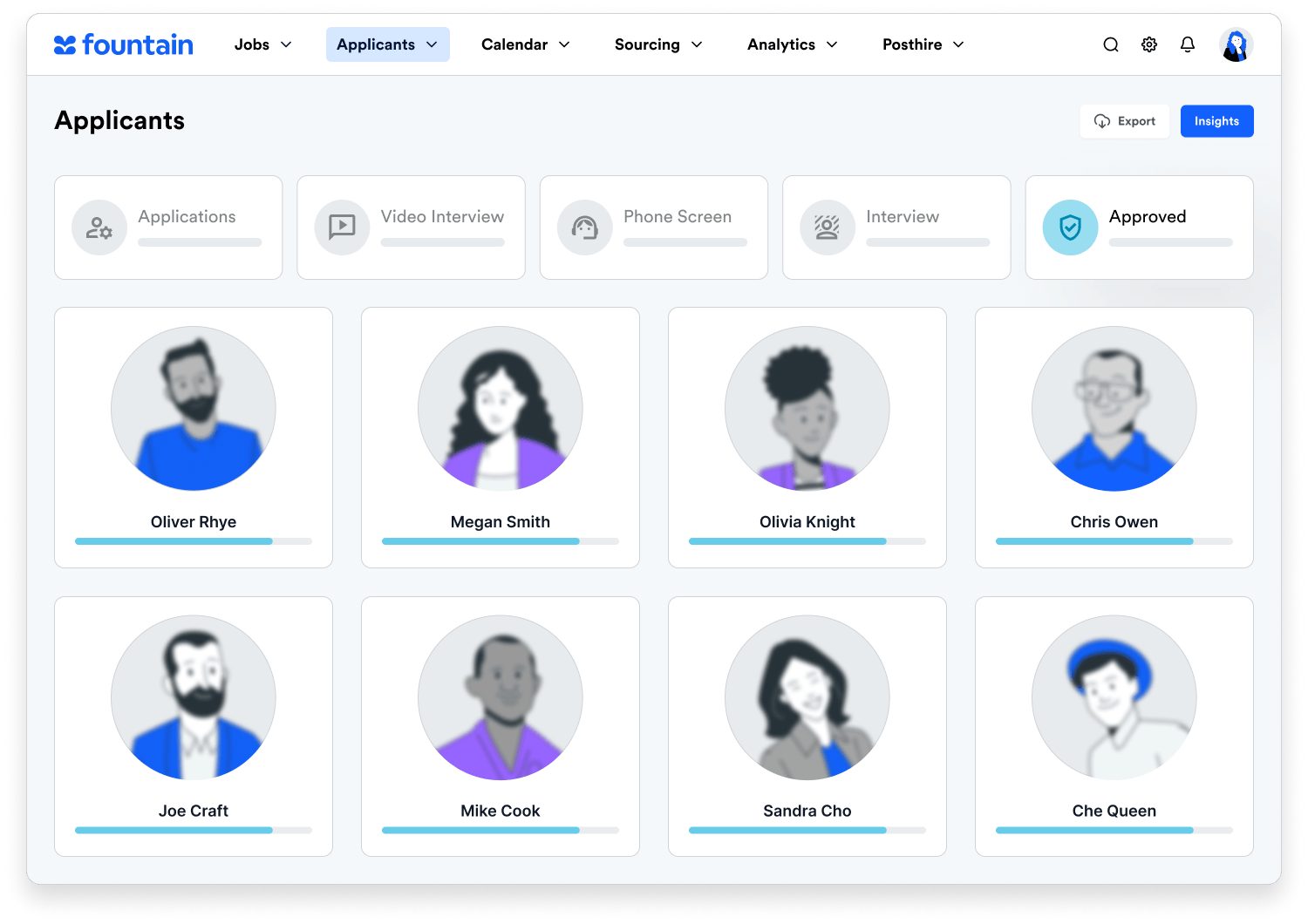How to get more candidates to apply to your seasonal job openings and ensure you’re fully staffed this fall and winter
There are certain annual inevitabilities that signify the ending of a year. Shorter days, cooler weather, scarves as far as the eye can see, and yes, surges in seasonal job openings.
For many businesses, the end of the year is marked by a recruitment ramp-up in anticipation of the holiday shopping season’s spike in consumer activity.
If you’re just starting to think about your seasonal hiring strategy, you may already be behind. According to research from Adecco, 32% of Americans start looking for holiday jobs in September.
So how can make sure you’re fully staffed for the fall and winter rush? How can you stand out from competitors who also are scrambling for people to help stock their warehouses, deliver packages, and ring up purchases?
Keep reading to learn how to make your openings more attractive to seasonal job candidates.
1. Launch a digital grassroots campaign
Eighty percent of jobseekers look for work online, and with an increased interest in companies’ social initiatives and reputations, your company’s social presence should make it clear to applicants that you’re a great place to work. A report from G2 revealed that 62% of job seekers will research a company’s social media accounts to assess its brand reputation.
Use the power and reach of social media to announce your job openings and highlight any holiday-specific perks you offer to seasonal workers, like extra pay on Black Friday or short-term health insurance. The better your brand’s digital reputation, the more likely it is that applicants will flock to your job site to search for seasonal jobs.
2. Optimize your seasonal job application for mobile
Ready for another mind-blowing stat? Eighty-six percent of hourly job candidates apply for jobs using a mobile device. Scrolling and swiping aside, job seekers are serious about job applications they can apply to within minutes and with only a few clicks. So if your application process is not optimized for mobile, you’ll miss out on this huge pool of applicants.
To make your application more mobile-friendly, consider adopting a frontline applicant tracking system (ATS) that takes care of this for you. Today’s frontline ATSes use the power of artificial intelligence (AI) to converse with applicants via text message. This helps keep candidates engaged and informed about their application and can increase the likelihood they’ll accept if a job offer is extended.
3. Break down barriers to seasonal jobs by removing resumes
Resumes have been job application staples for eons, but they’re not always the best indicator of an applicant’s qualifications, especially for hourly jobs where skills tend to trump professional accolades.
Hourly job applicants may have varied backgrounds in different industries. Although their experience might not be a perfect match, they may have gained invaluable transferable skills at other jobs.
Depending on the role you’re hiring for, keep an eye out for candidate qualities that can’t be found on a resume, like adaptability, time management, and problem-solving skills. After all, almost everything else can be taught once your new hire is on the job.
4. Fast-track qualified seasonal job candidates with automation
Another perk of a tech-forward frontline ATS? Automation.
The days of manually moving applicants through the hiring process are long gone—it’s time to level up and fast-track candidates to the offer stage faster than they can close a mobile app
}||.
Features like automated workflows that move candidates based on their answers to qualifying questions, the ability for applicants to upload their identification information and any certifications, and an automatic interview scheduler means more candidates will reach the finish line faster, and you’ll be well on your way to a well-stocked staff.

5. Prepare to boost benefits for seasonal jobs
Seasonal job seekers have no shortage of open positions to peruse, so your benefits will need to go above and beyond the standard hourly job perks.
Flu season is an unwelcome side effect of the fall and winter seasons, so offering flexible time off for illness should be a no-brainer. If your business relies on workers’ physical presence at your facility or store, consider transitioning any empty space into onsite childcare, a small gym, or a coffee lounge where workers can relax when not on the clock.
6. Carve out a career path for workers who stay on after the holiday season
Workers want to grow, and a seasonal job just may be the gateway they’ve been looking for to advance in a certain industry.
To show hourly workers you’re committed to their growth within the company, outline a clear path up their career ladder of choice, and offer training programs and education reimbursement to help them reach their professional goals.
Final thoughts
Implementing these initiatives in your hiring practices now will help ensure you and your staff have the proper defenses and strategies in place to tackle whatever a hectic holiday season may deliver in the coming months. Happy hiring!

